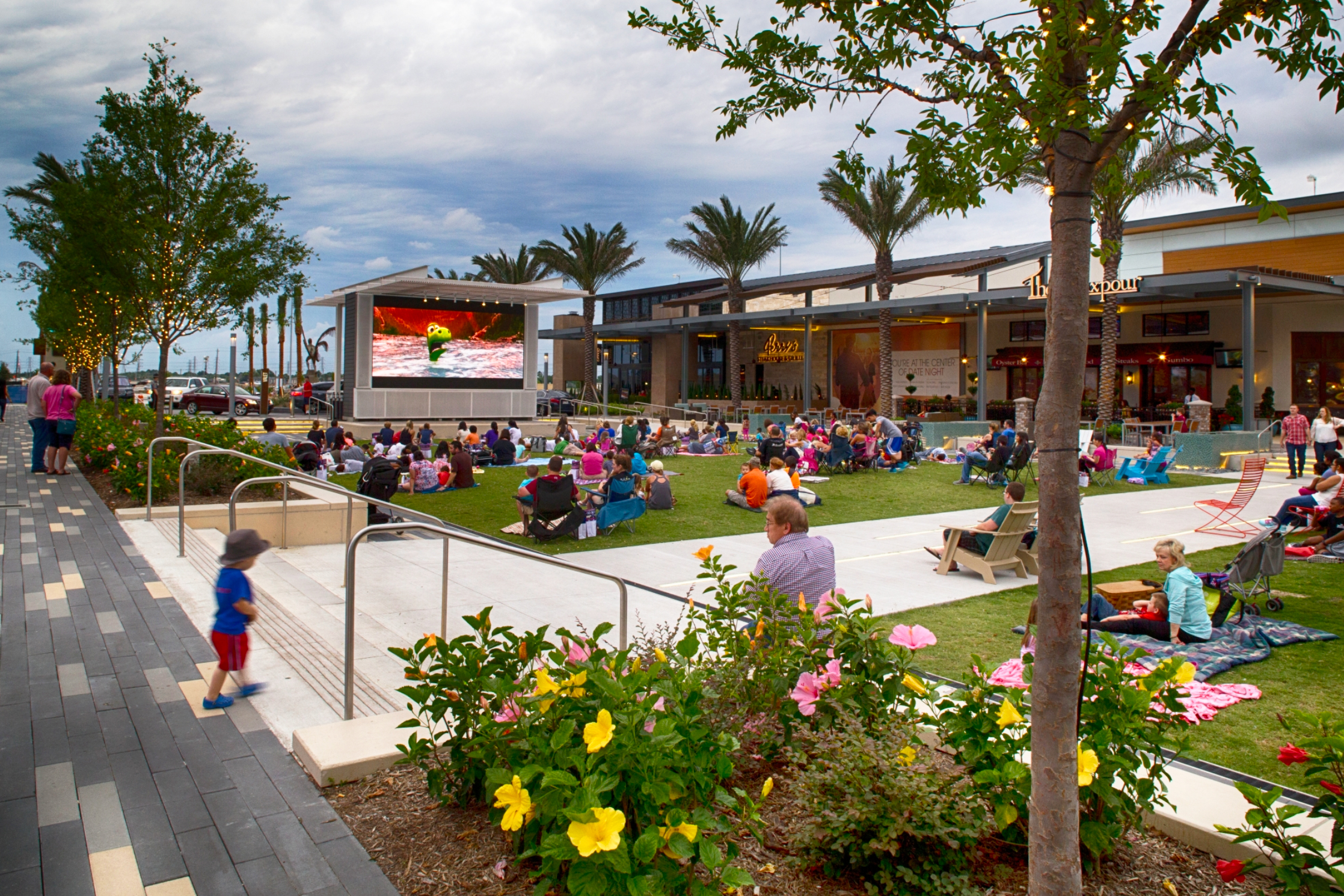

So, why do people still move to the outskirts of major cities? Why take that two-hour commute on an ugly concrete highway? The big reveal in Radiant City is that the Moss family (like most nuclear families) does not exist. Radiant City could be seen as an anti-suburban film with no story to tell from the other side of the argument. Intercut with the family’s disintegration is an assortment of social commentators and architectural experts who explain the root issues of suburbia to the camera. As he explains to the camera on the production’s opening night in a suburban community center, “It’s like putting on Apocalypse Now in Cambodia.” His wife, Anne, the driving force behind the family’s decision to move to a newly built suburban neighborhood, cannot bring herself to attend the performance and drops their kids Nick and Jennifer off before driving away. His group is in the rehearsal stage of a musical production that is critical of suburban living. On top of this, Evan has aspirations of being an actor but must make do with a local community theatre group. The family also relies on an incredibly detailed, color-coded calendar chart that plans their weekly events. The family’s patriarch, Evan, has a two-hour commute to work, while Nick, the eldest child, takes bus journeys to school that are twice as long as the trip to his old school in the city. The root of the family’s problems is their disconnect from life outside their suburban shell and their reliance on the two cars that constantly move them around. Suburban living was meant to simplify life, but, in Radiant City, we see the nuclear-archetype Moss family slowly disintegrate over the course of the documentary. As Kunstler puts it, the suburbs will become “slums of the future.”

The price of fuel will skyrocket over the next few decades, and this will mean that driving a car will become a costly exercise. The End of Suburbia lays out the argument that with oil production peaking somewhere around 2027–28, and from then on heading into a steep decline, the living standards of those in suburbia will decline also. So, you have to drive from one to the other.” As Andrés Duany, a town planner and co-author of the 2000 book Suburban Nation suggests in Radiant City, “Suburbia disaggregates the elements of daily life. To get to a shopping mall, a school, a friend’s house, or a restaurant, a dweller of suburbia must get into a car. In their place, an unwalkable slab of concrete pasture has landed and cut into the natural landscape. Those who ventured out many decades ago might have lived this promise for a few years, but slowly their access to fields, woodlands, lakes, and hiking trails has been snatched away.
/cdn.vox-cdn.com/uploads/chorus_image/image/45980762/shutterstock_204649942.0.0.jpg)
You just get a lawn, an industrially produced artifact.” The original dream of the suburbs might not have been like this, but as more and more people have flocked to the outer limits of the city, highways, expressways, huge shopping centers, and housing developments have eaten up the green farmland that once existed between the city and the suburbs. It has none of the real amenities of country life, no connection with real organic systems or other living things, rivers, forests, fields, agriculture. It’s not country living it’s a cartoon of country living in a cartoon of a house. In The End of Suburbia, social critic James Howard Kunstler states that “Suburbia is not what it promises to be. In fact, any sustainability that the suburbs might have once had passed decades ago. Two documentaries on the subject of suburban living, The End of Suburbia: Oil Depletion and the Collapse of the American Dream (2004) and Radiant City (2006), show that this method of habitation is unsustainable in the long run. They promised those willing to escape a kind of gentry lifestyle away from the dirty and noisy inner city, as well as greater autonomy in their lives. The suburbs of North America were created as an antidote to the industrialized city. “ The End of Suburbia lays out the argument that with oil production peaking somewhere around 2027–28, and from then on heading into a steep decline, the living standards of those in suburbia will decline also.”Įditor’s note: The following is an excerpt from the chapter “Metropolis Now!” in Screen Captures: Film in the Age of Emergency, which was published in September by Newstar Books.


 0 kommentar(er)
0 kommentar(er)
